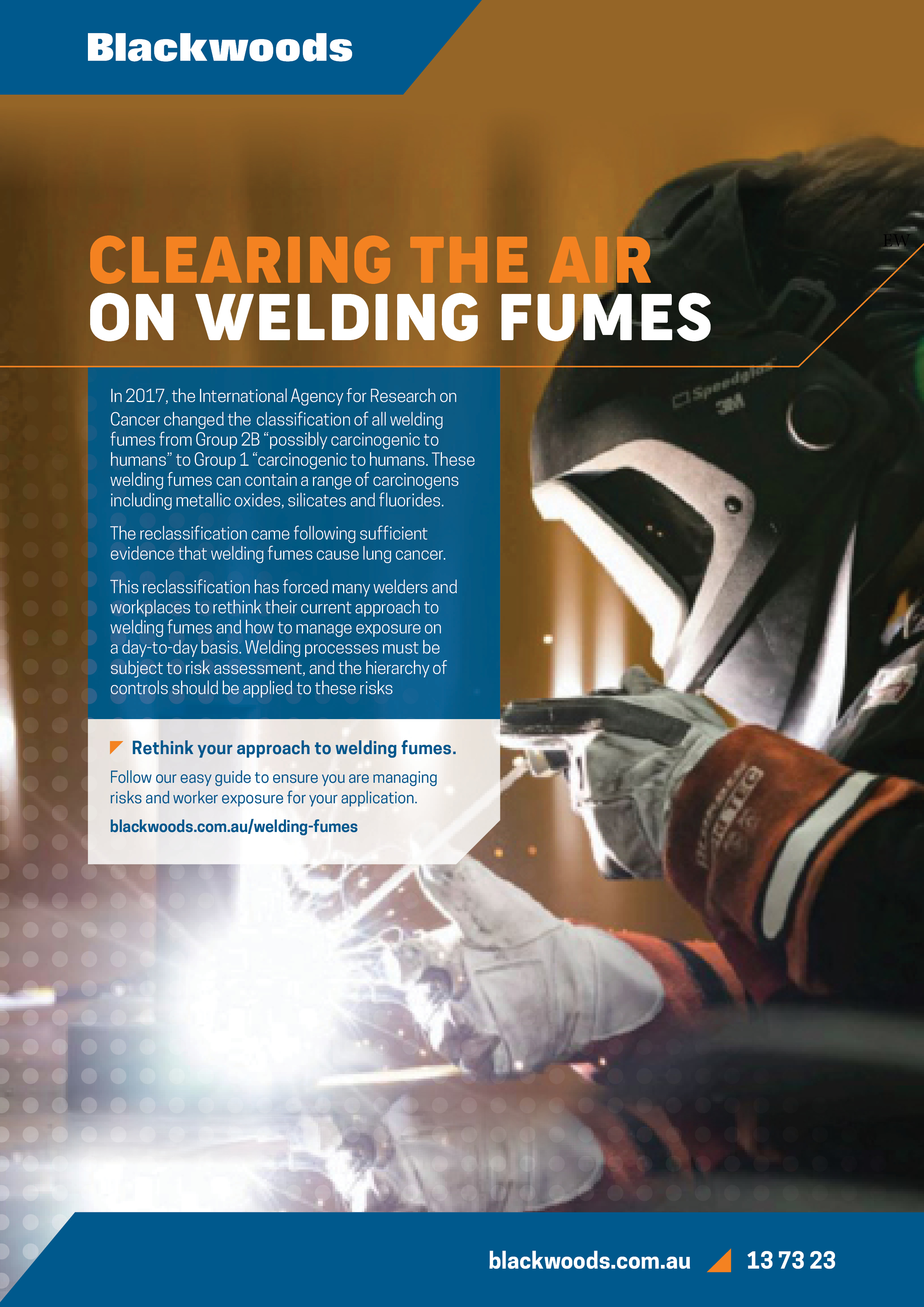Select Delivery Method
Please enter your delivery address to check availability.
Please select your click and collect pick up Branch to check availability.
Applying the Hierarchy of Control to Welding Fume Risks
Some control measures are more effective than others, with the five measure ranked from the highest level of protection and reliability to the lowest. This ranking is known as the hierarchy of control. According to Safe Work Australia, managing risks and worker exposures can be achieved by selecting and implementing measures using this hierarchy of control. A combination of these control measures may be required in order to adequately manage the risks of welding fumes.
1. Elimination: Physically remove the hazard
Elimination is designed to completely remove the hazard from the workplace. Moving welding from a confined space to outdoors would be an example. While this would be the most effective method of managing exposure, it will often not be reasonably practicable in many applications.
2. Substitution: Replace the hazard
Where possible, substituting for a less hazardous process or material is the next most effective method of control. Modifying the weld process, for example, using submerged arc welding instead of flux-cored wire welding would reduce the risk of exposure to fumes. Substitution will often not be practical or suitable for many welding applications.
3. Engineer controls: Isolate people from the hazard
This includes local exhaust ventilation including portable and stationary fume extractors, extraction arms with centralised collectors and fume extraction guns can help capture and remove fumes at their source before they reach a welders breathing zone.
4. Administrative controls: Change the way people work
Administrative controls can assist in limiting or preventing welder’s exposure by modifying their behaviour. Ensuring best practices are followed including keep the welders head out of the weld plume, changing body position so that airflow moves from back to front and making sure air movement in the work area pushes away from the breathing zone.
5. Personal protective equipment: Protect the worker with PPE
Any remaining risk must be addressed with suitable personal protective equipment. Implementing suitable respiratory protection such as disposable masks, half masks, powered air purifying respirators (PAPR), and supplied air respirators.
Time to rethink your approach to welding fumes?
Follow our easy guide 'Clearing the Air on Welding Fumes' to ensure you are managing risks and worker exposure for your application. Our guide explores:
- Workplace exposure standards.
- Managing dangerous levels of exposure.
- Short-term and long-term health implications.
- Applying the hierarchy of control to welding risks.
- Suitability of fume extractors and choosing the best solution for your application.
- Suitability of personal protective equipment including disposable respirators, reusable respirators and powered air purifying respirators.







